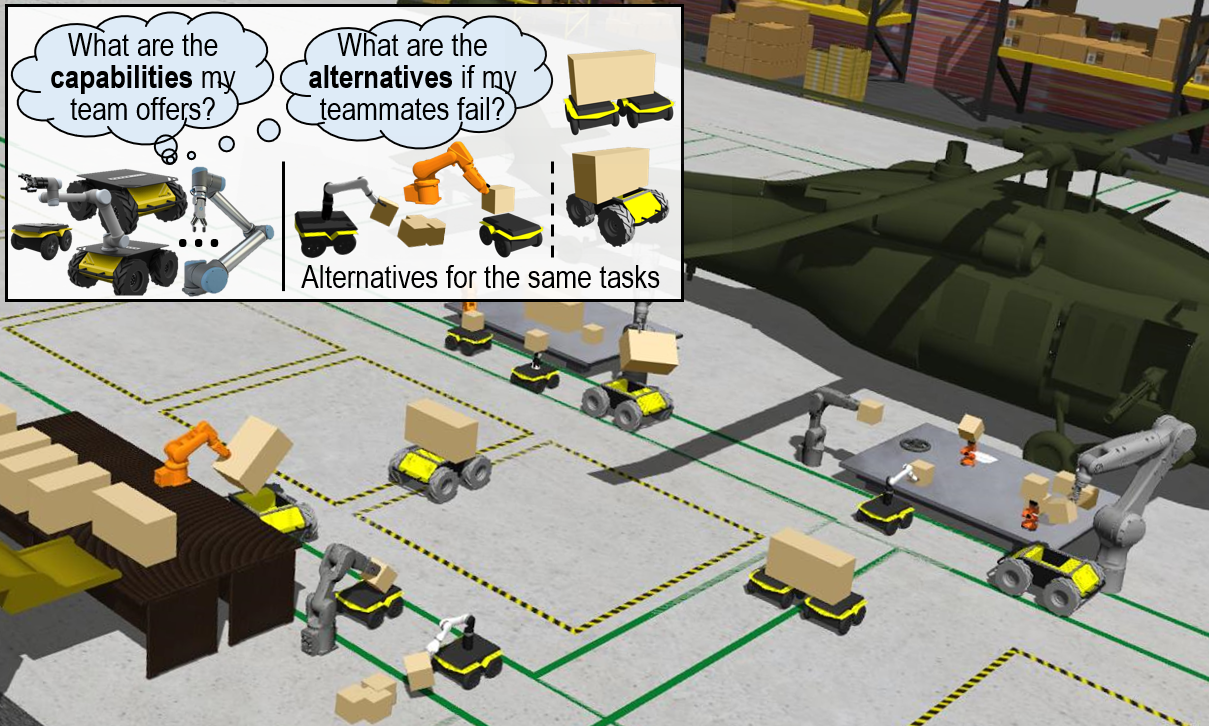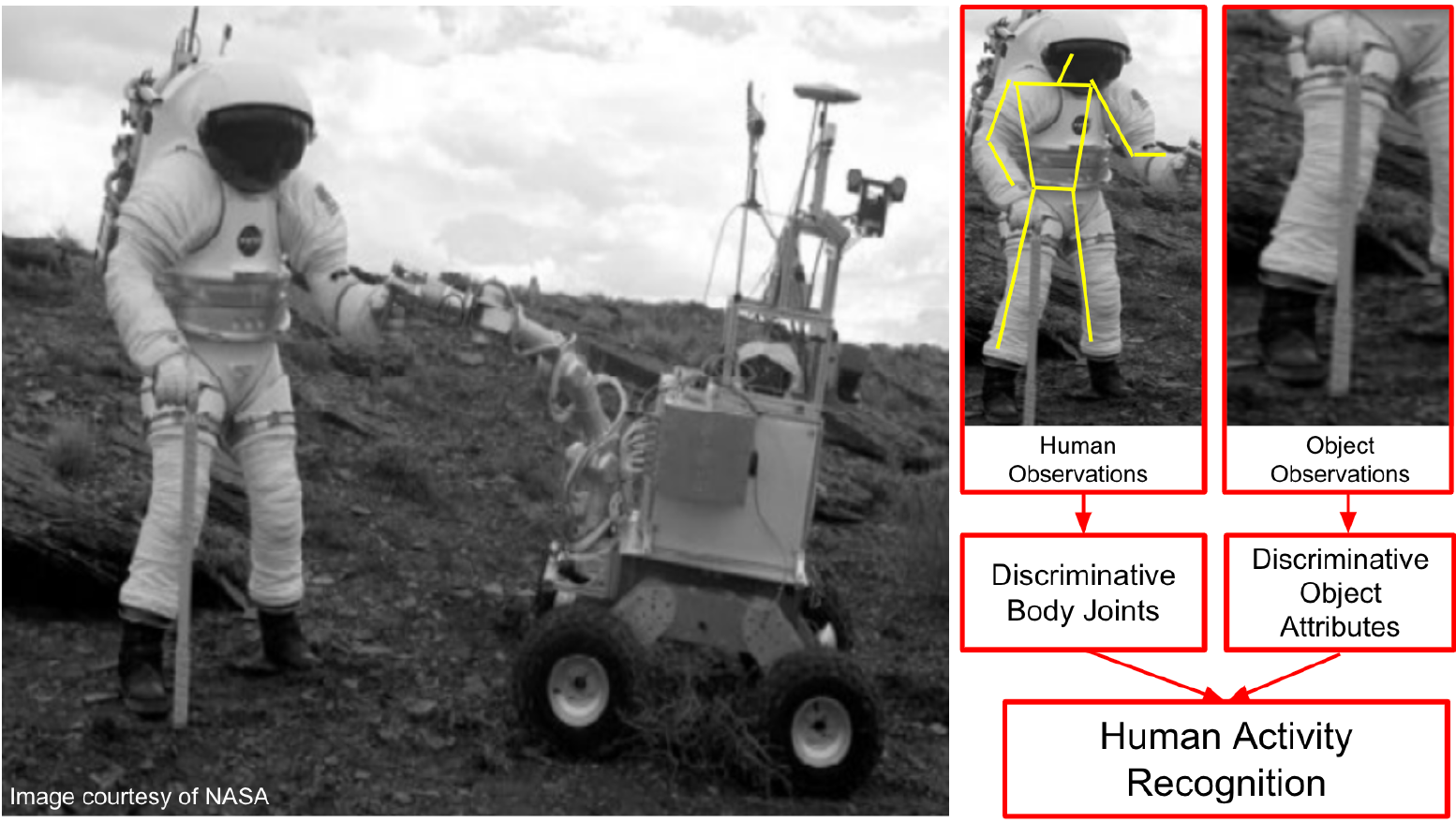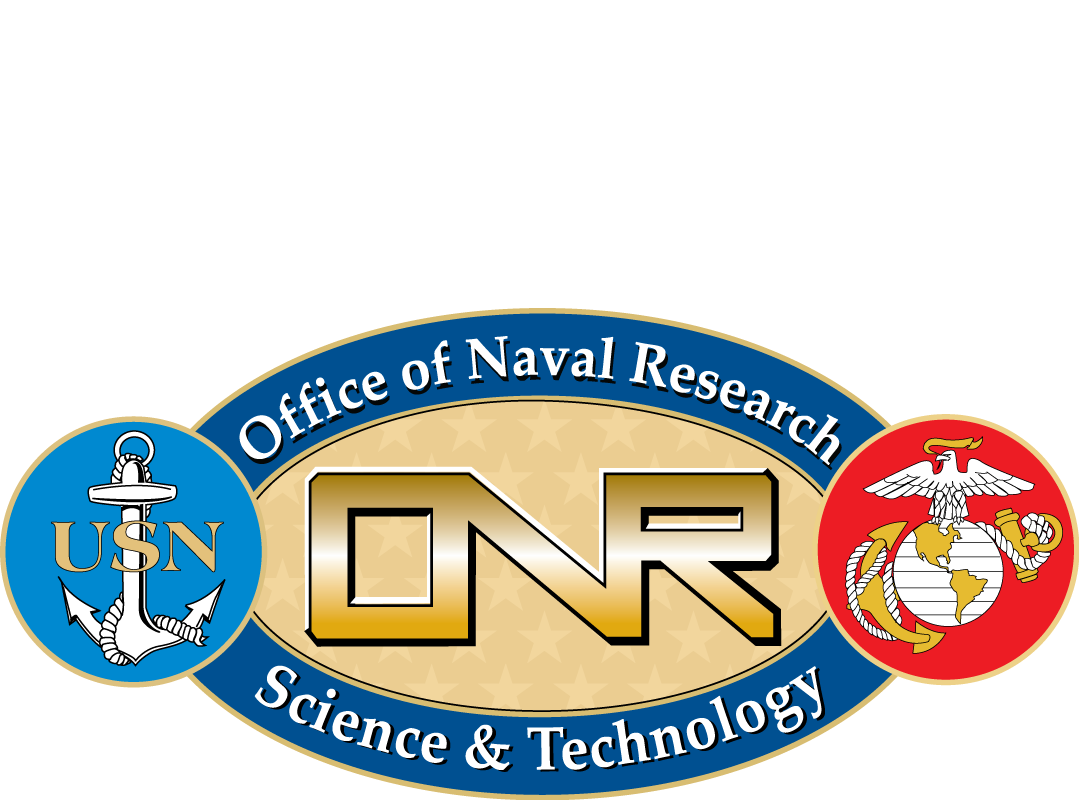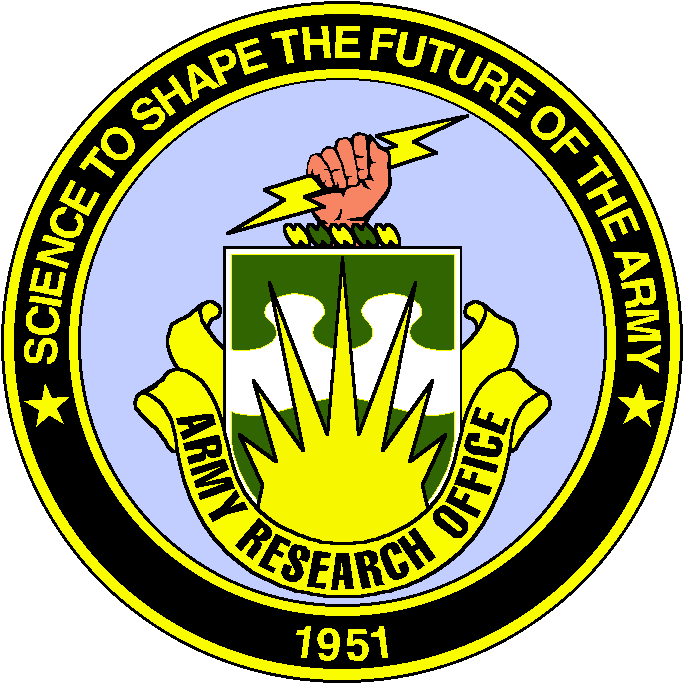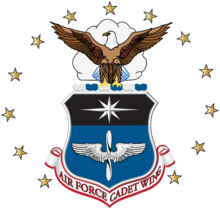Lifelong Autonomy through Adaptation
Robots are becoming an important part of our daily lives. They will be performing dangerous tasks, such as disaster response and infrastructure inspection; assisting in factories, hospitals, and homes; and exploring on land, in the air, under water, and in space. In order for this vision of robotics to actually materialize, it is essential that robots must be able to operate over long periods of time (e.g., across seasons) without human supervision -- essentially, "lifelong autonomy." Being capable of adaptation over their lifetimes is necessary for lifelong robots to continue operating effectively and autonomously.
Lifelong Autonomy Demonstrations
Examples of Ongoing Projects
-
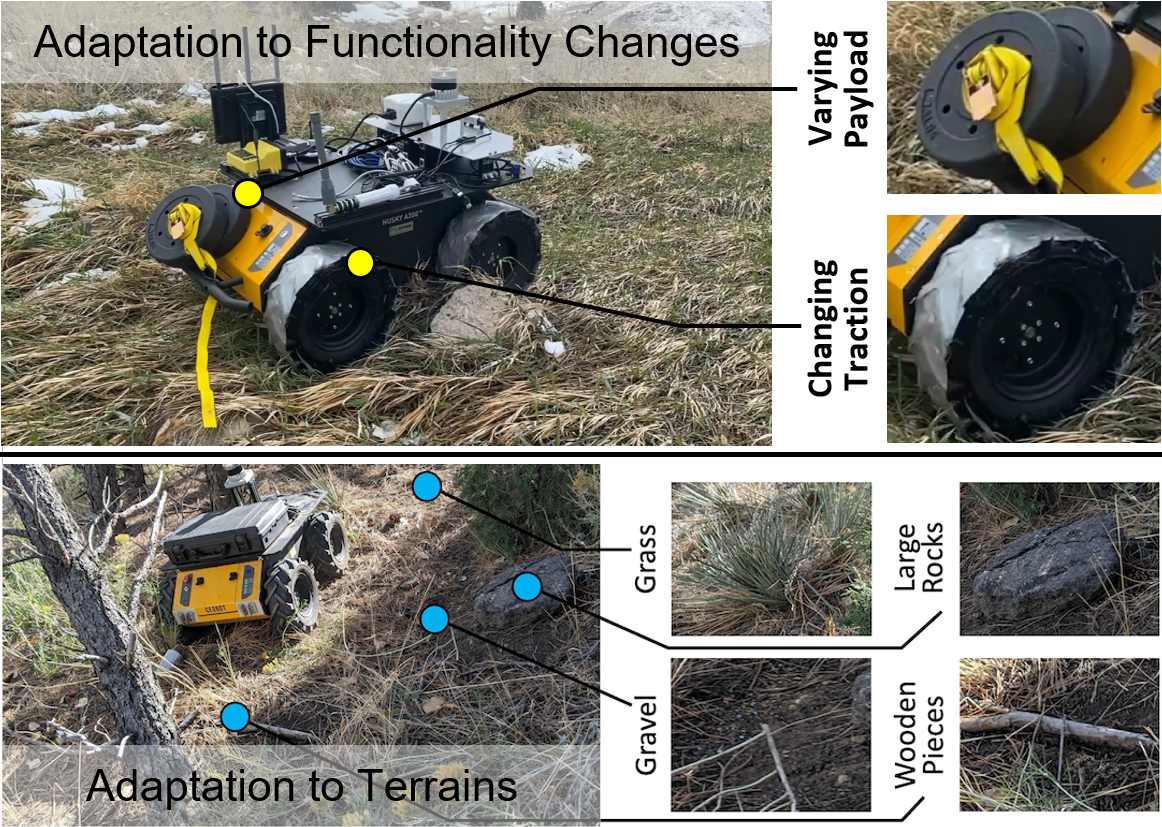
CAREER: Robot Reflection in Lifelong Adaptation
Sponsor: National Science Foundation
Lifelong adaptation is vital for enabling robots to operate over long periods of time in unstructured and ever-evolving worlds. Without effective adaptation, lifelong robots will inevitably fail, jeopardizing both their missions and surrounding environments. Change and novelty are two of the greatest challenges that prevent robots from achieving lifelong adaptation. The goal of this NSF CAREER award is to develop and gain a fundamental understanding of a novel paradigm, called robot reflection, to address change and novelty in order to achieve lifelong robot adaptation. Inspired by theories of cognitive reflection for human adaptation, the proposed robot reflection paradigm will allow a robot to reason about itself and adjust its own adaptation process without requiring human supervision. This award stands to provide significant benefit to society by enabling robots that reflect to improve performance over their lifetimes, thus broadly impacting lifelong robotics applications in which robots must operate over long periods of time, such as search and rescue and autonomous driving.
[Award Abstract]
-
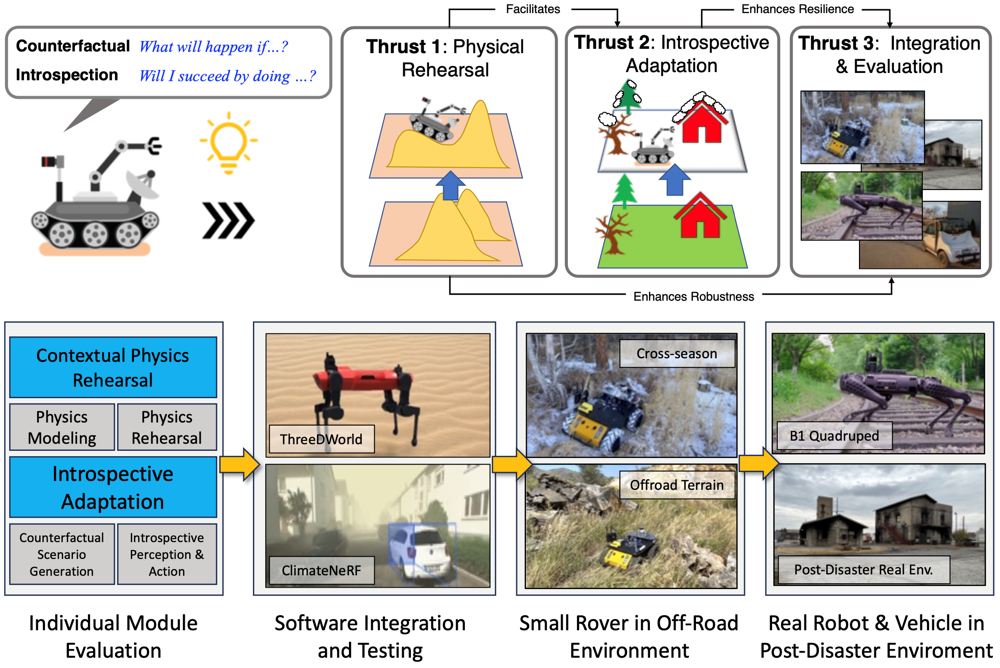
Introspective Counterfactual Reasoning for Robust and Resilient Autonomy
Sponsor: National Science Foundation
Resilience and robustness in dynamic, unpredictable environments are critical concerns for autonomous systems in robotics. To address this, the project introduces "introspective counterfactual reasoning," enabling lifelong autonomy for robots. While counterfactual thinking is vital for humans, its application in robotics is underexplored. This project aims to close this gap by helping robots answer "what if" questions about their surroundings and themselves, enhancing their readiness for unforeseen events and evolving contexts. The project develops two forms of counterfactual reasoning: Contextual Physical Rehearsal and Introspection Adaptation. Contextual Physical Rehearsal lets robots model the physical world and predict action outcomes without actual execution. Introspection Adaptation focuses on improving robots' ability to perform in unfamiliar environments. These capabilities will be designed, integrated into autonomy platforms, and validated in real-world tasks.
[Award Abstract]
